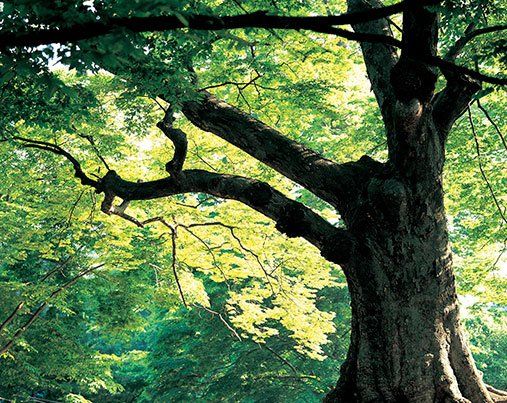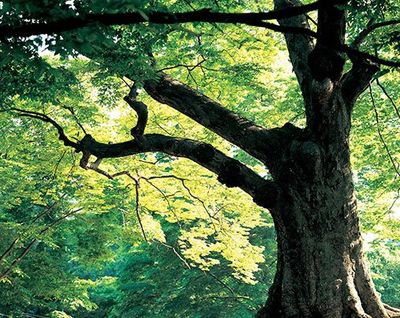Services
STUMP GRINDING & MORE IN GREENVILLE, SC
Robertson's Tree Service
was established over 30 years ago, and we have been thriving ever since. We are a full-service tree service company
providing a rainbow of methods to keep your land safe and free of infestations. We work within the area of Greenville SC, and we serve all surrounding communities. We focus on creating lasting business relationship with our customers and building our reputation as the most dependable company in Greenville SC. Our company also provides stump services. As a leading tree cutting service, we provide all kind of tree services in the area, so do not hesitate to call us for stump removal, tree trimming or stump grinding service.
SERVICES PROVIDED BY ROBERTSON'S TREE SERVICE
- Selective pruning
- Stump Grinding
- Tree Removal
- Firewood
- Storm Damage
- Cabling and Cavity Work
- Tree Shrubbery and Fertilization
- Bobcat Work

SERVICES PROVIDED BY ROBERTSON'S TREE SERVICE
- Selective pruning
- Stump Grinding
- Tree Removal
- Firewood
- Storm Damage
- Cabling and Cavity Work
- Tree Shrubbery and Fertilization
- Bobcat Work

TREE TIPS FROM A CERTIFIED ARBORIST
TRUTH ABOUT TOPPING
1. Topping makes the tree more prone to wind and ice because of the denser growth at the topping/heading cut.
2. Topping invites insects and fungal decay.
3. Topping causes sunscald/barkscald (The foliage remaining/developing in the spring and early summer on a topped tree is not sufficient to protect the bark from the sun’s rays during this period of time). The tree does not want or need a suntan!
4. Topping takes away the food (leaves) and depletes the energy reserves of the tree. Why would anyone want to deliberately starve a tree to death?
5. Topping is unsightly and unnatural. Quote: “If the Creator meant for trees to be topped, He would have created birds with chainsaw feet”.
6. Topping your tree(s) devalues your property and possibly even your neighbors’ property.
DROUGHT AND YOUR TREES
1. Just like any other plant in your yard, supplemental watering should be done in the early morning hours between 6am and 8am. Watering at this time will greatly lessen fungal growth on your ground and plants.
2. Watering your trees during dry periods, depending on the species, is recommended but with certain cautions. Watering for an hour or two once or twice a week during dry periods is my recommendation. If you are using city water, chlorine salts may build up in the soil, thereby making your trees more thirsty. You might consider getting a filtration system if salt and chemical buildup is detected in your yard.
HOW TO PLANT A TREE AND MULCH IT
1. Dig a hole 2-3 times larger than the rootball.
2. Carefully place the tree in the hole by the rootball. Placing the tree in the hole by the trunk can sever or injure the roots of the tree. Make sure the topmost root of the tree trunk is slightly (1″) above the surrounding soil.
3. Remove all twine or rope and at least the top half of the burlap or wire basket. This will encourage proper root growth.
4. Place the remaining soil in the hole around the rootball. Amending the soil is not always necessary. If you do amend the soil, I recommend you use only a handful or two of peatmoss or organic composted manure. Mix it with the other soil before placing it around the rootball.
5. Tamp the soil lightly to press out air pockets, do not compact.
6. Place 2″-3″ of mulch, pine needles, or composted leaves to at least the dripline of the tree, being careful not to place the above on the trunk or rootflare of the tree.
7. Water the tree thoroughly (do not saturate the soil) at planting and at daily intervals for 2-4 weeks after planting. Afterwards, every other day for 1-2 months, then once weekly until the tree is established.
8. If guying or staking is necessary please do this for only one season (3 months). Your trees must “sway in the wind” to develop proper root-systems and trunk taper.
THE VALUE OF TREES TO YOUR PROPERTY
1. The right trees can be a tremendous asset to your property.
a. For shade (winter warming, summer cooling)
b. For beautification
c. For a sound barrier
d. For a screen of objectionable views
e. For wind break, obstruction, deflection, and/or filtration
2. The right trees add monetary value to your property.
a. Native trees
b. Acclimated ornamentals
c. Hardiness-zone-friendly imported trees
3. The wrong trees may detract from or devalue your property.
a. Diseased or damaged trees
b. Misplaced trees
1) Too close to structures or walkways
2) Undesirable fruit or litter
3) Wrong location in the landscape
4) Wrong species in the landscape, particularly those planted well outside their hardiness zone

BROWSE OUR WEBSITE
Content, including images, displayed on this website is protected by copyright laws. Downloading, republication, retransmission or reproduction of content on this website is strictly prohibited. Terms of Use
| Privacy Policy

